
Vascular conditions affect the arteries and veins that carry blood throughout your body. Common conditions like peripheral artery disease (PAD), carotid artery disease, abdominal aortic aneurysm (AAA), deep vein thrombosis (DVT), and varicose veins can impact circulation and overall health. Early detection and proper treatment can help prevent serious complications.
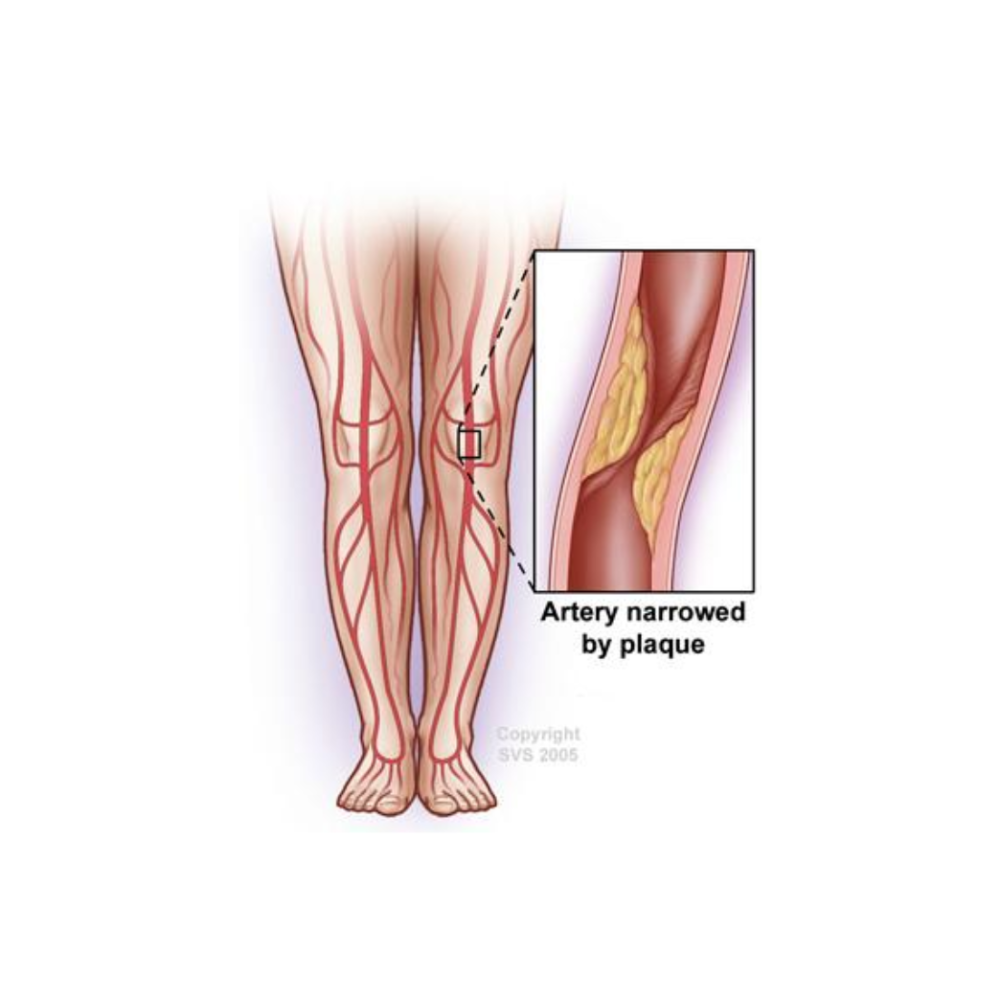
Peripheral Artery Disease
Peripheral Artery Disease (PAD) is a chronic condition where plaque builds up in the arteries that carry blood to your legs.
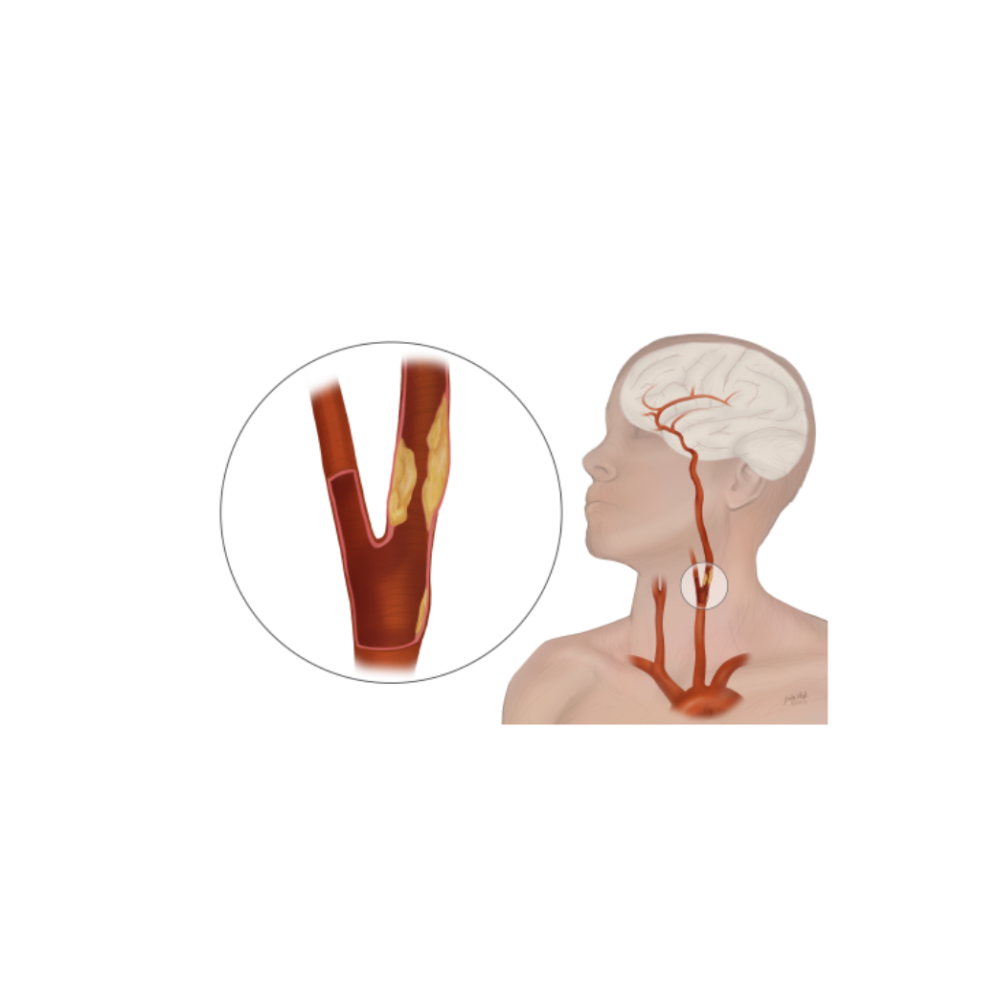
Carotid Artery Disease
The carotid arteries are the main arteries in your neck that supply blood to your brain.
As you age, the carotid arteries build up “plaque,” which is a sticky substance made of fat and cholesterol. Plaque narrows your arteries and makes them stiff. This process is called atherosclerosis or "hardening of the arteries.”
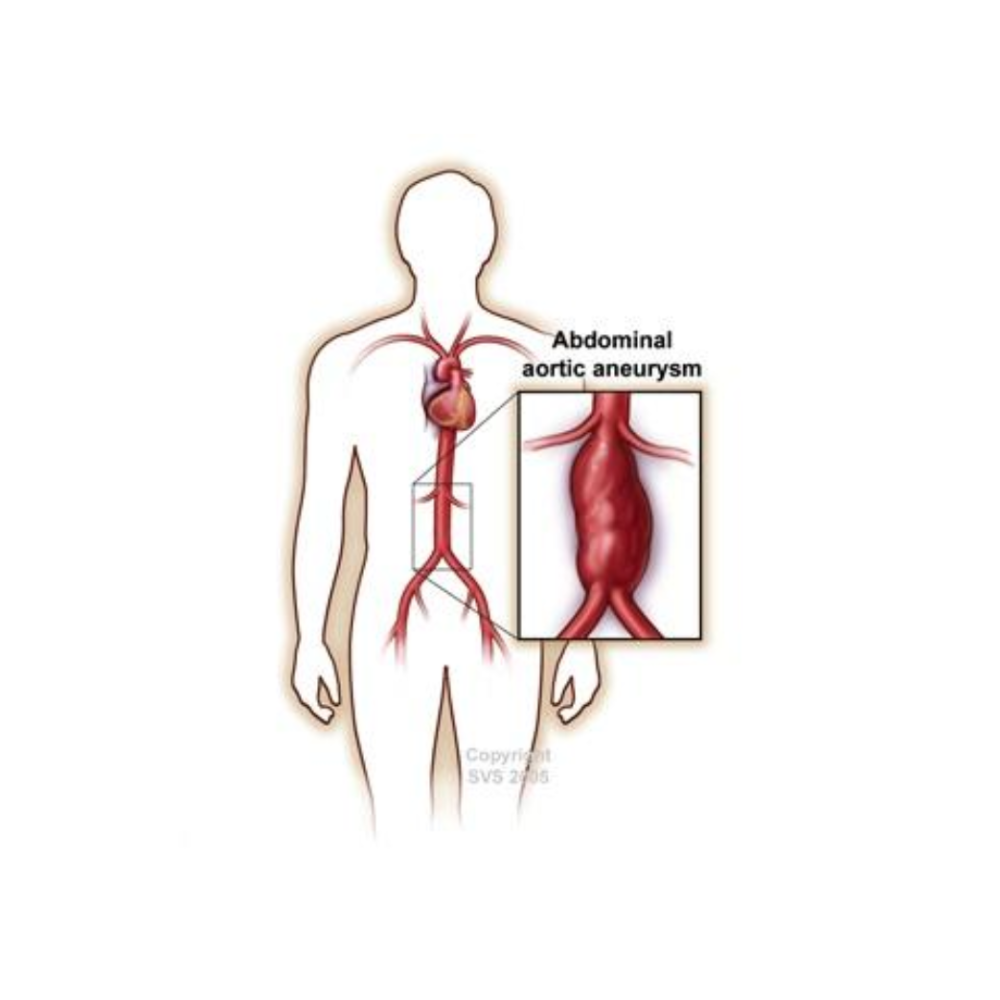
Abdominal Aortic Aneurysm
The aorta is the largest artery in your body. It starts at your heart and runs through your chest and abdomen. The abdominal area of the aorta is responsible for delivering blood to your legs, gastrointestinal tract, and kidneys.
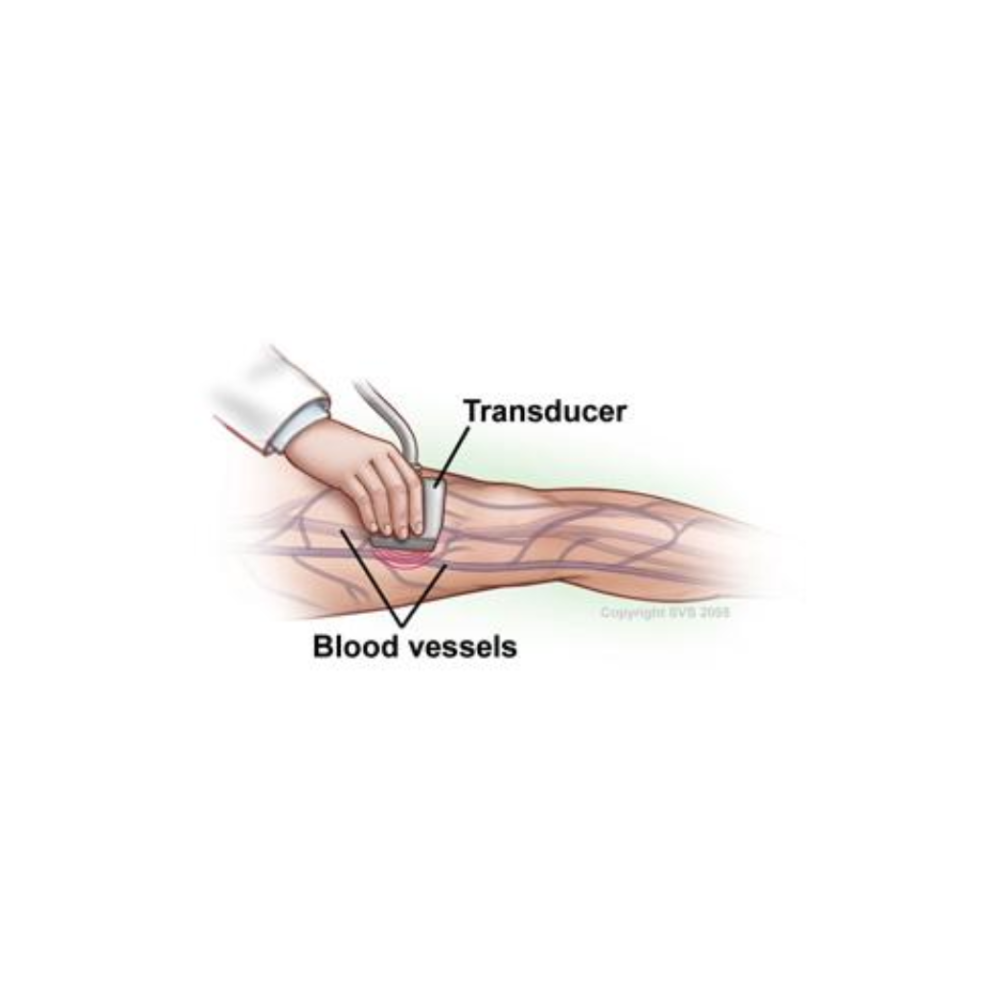
Deep Vein Thrombosis
Deep vein thrombosis (DVT) happens when a blood clot (thrombus) forms in a deep vein, usually in the legs. This clot can partially or completely block blood flow through the vein.
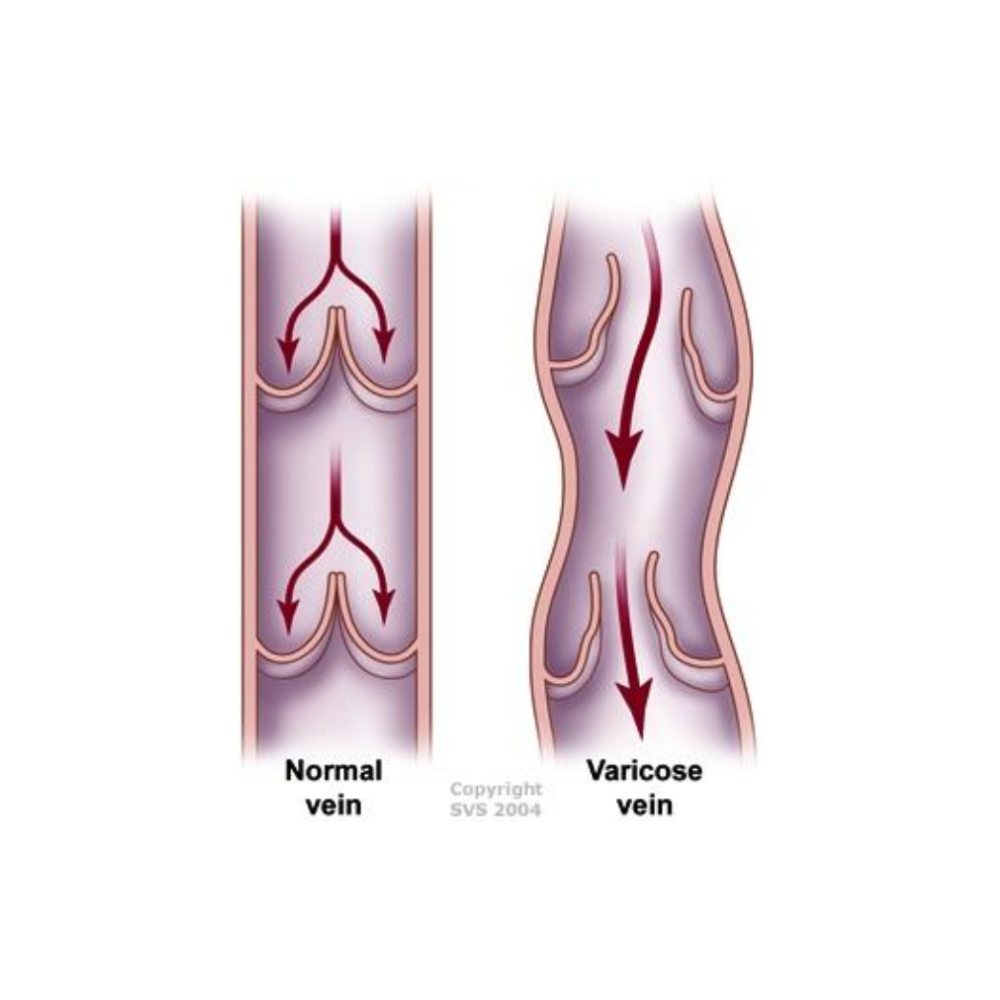
Varicose Veins
Varicose veins are swollen, blue, bulging, twisted veins that appear under the skin on your legs. They are caused by high pressure inside the leg veins, as gravity puts constant pressure on them while they work to return blood from your feet to your heart.